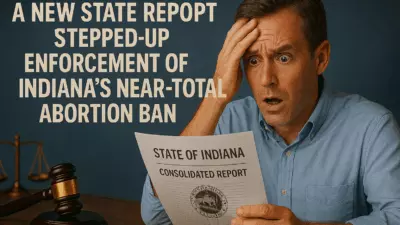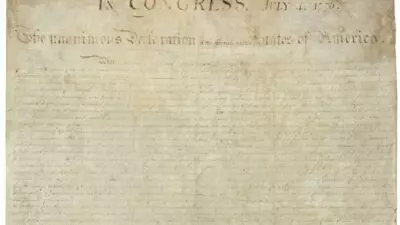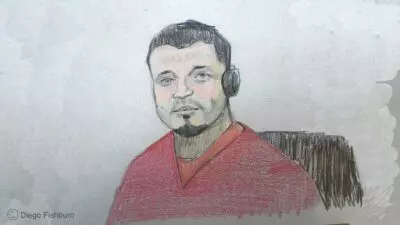For the last six months, artist Asa Ana has lived inside a poem.

As the first artist-in-residence at one of several art-focused spaces emerging in Johnstown, Pa., Ana spent months reshaping a bedroom into representations of lines from his favorite poem by former U.S. poet Laureate Billy Collins, to create “Stanza in Blue: Caol Áit.”
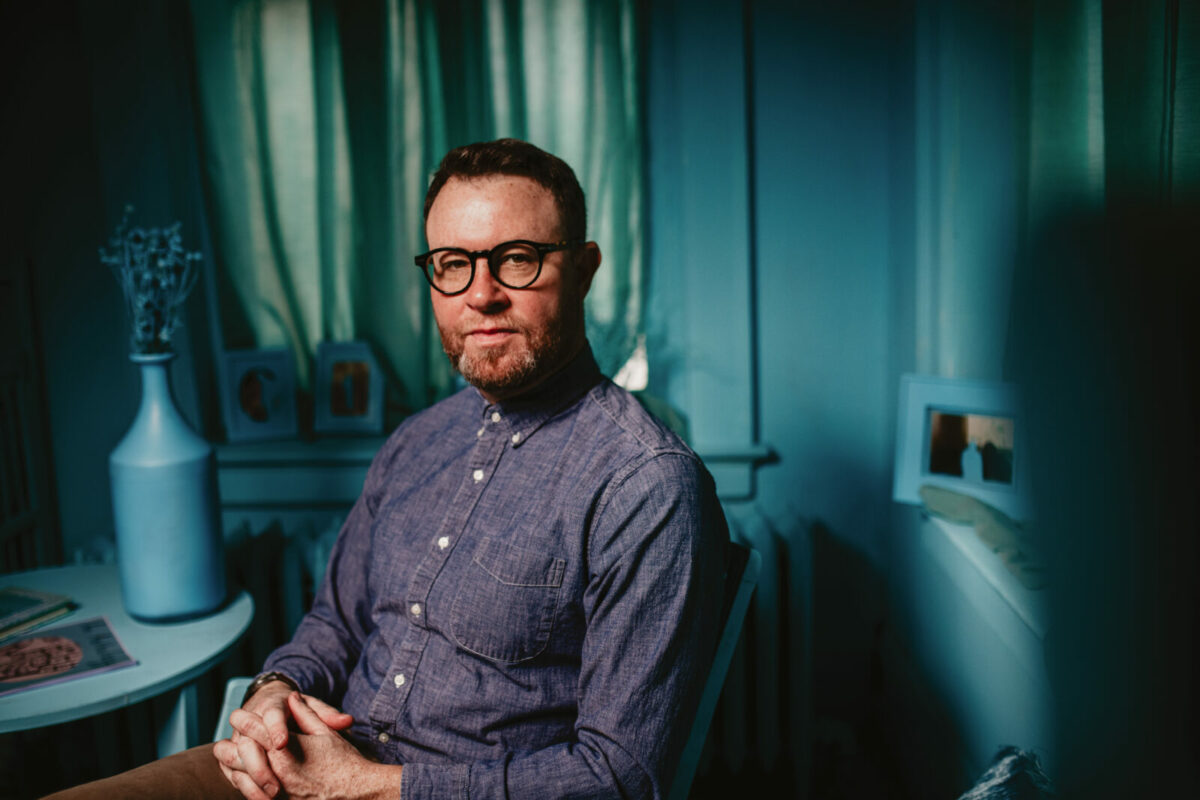
The room is in ArtHouse6, a property that’s part of a larger effort to amplify the arts in this community, an hour from Pittsburgh.
The new, permanent art installation also celebrates the city’s poets.
“Poetry is both mysterious and powerful,” said Ana, whose given name is Eric Sloss. “A stanza, which means ‘room’ or ‘stopping place’ in Italian, takes us to another place, and that place can be shared by anyone reading the poem. This enigmatic craft offers another way for us to be together — despite distance and despite the pandemic — in ways we never expected.”
Downstairs, a gallery exhibits work by other artists.
The room is painted an ethereal blue, floor to ceiling. A nest suspended in midair at an east-facing window and a contraption on the wall give hints drawn from the lines and mechanics of “Design,” by former U.S. Poet Laureate Billy Collins.
“There are so many ways to tell a tale, but, through this project, poetry made a map of words and phrases to help express how connected we are,” Ana said.
Details also feature poetry culled from a search for the first Poet Laureate of Johnstown, another project Ana organized.
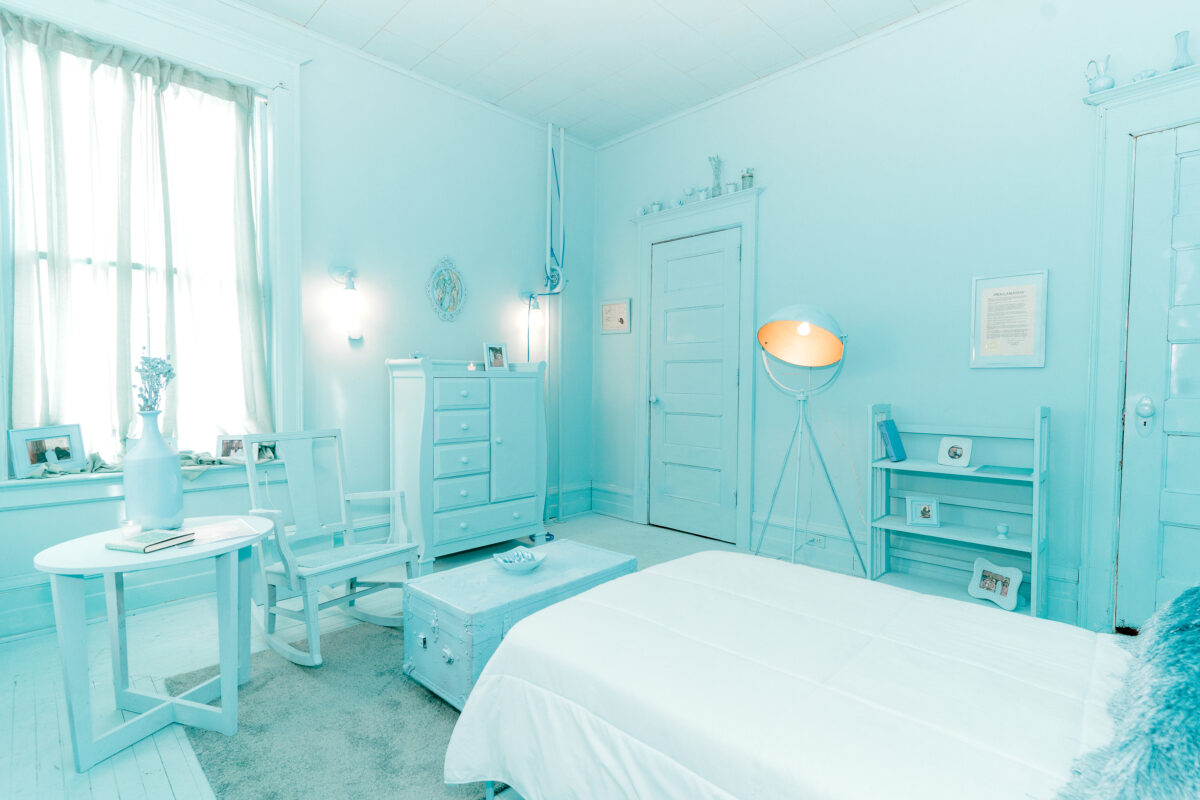
A Ph.D. student at Point Park University, he recently presented his research, culled from the laureate project, at the Annual Appalachian Studies Conference, sharing his perspective on how hyperlocalizing a national poetry arts designation can activate and unite creatives in postindustrial communities.
Leaders in the western Pennsylvania city, a former steel mill town known for the 1889 Johnstown Flood, have worked to expand outdoor recreation and opportunities for artists and artisans as a draw for tourism and a path to economic revitalization. About 120,000 live in the area.
More than 70 writers responded to the Poet Laureate of Johnstown call for submissions.
Johnstown Mayor Frank Janakovic named two laureates, by proclamation. Michael Gruber, one of the poets, said he hopes the designation allows him to help make poetry more mainstream — starting in his city.
“I want more people to be into poetry,” said Gruber, who graduated with a degree in writing and psychology from the University of Pittsburgh at Johnstown. “It’s what I believe could change the world: people being more interested and aware of language and how it works. I think poets are basically the prophets of language.”
A collection with his winning poem and other submissions shares a space near a bookshelf of all blue books in Stanza in Blue.
Ana is working with the newly-connected community to highlight their poetry and meet for readings and events at the art installation when gatherings are safe again. The room also is open for overnight stays.
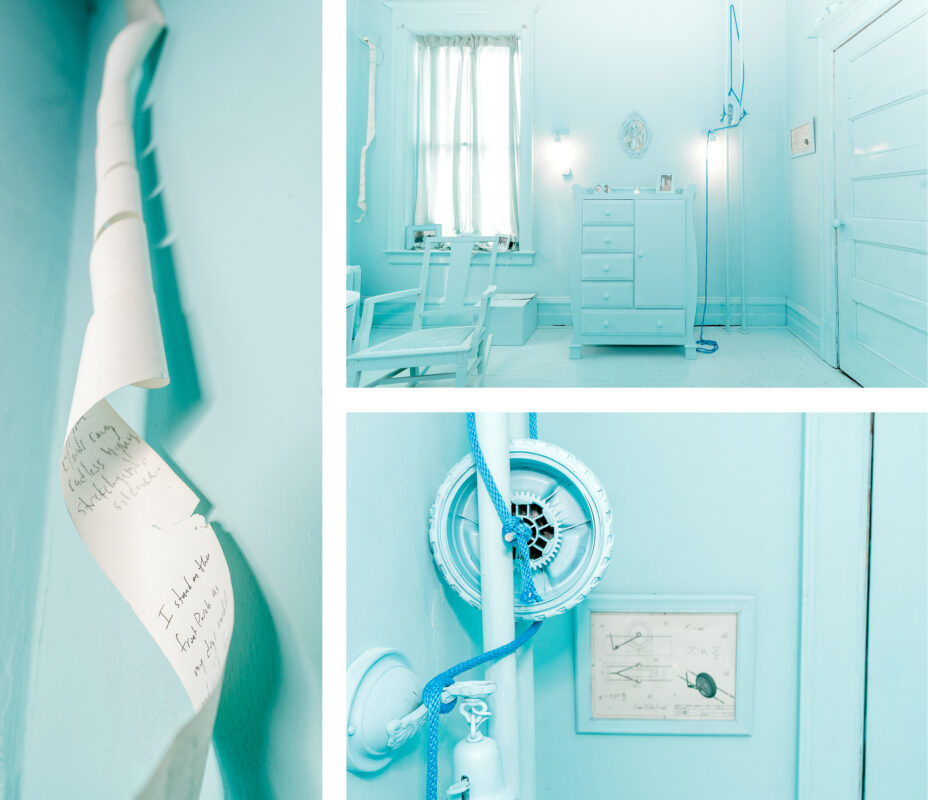
Creating space for artists has long been part of Ana’s creative endeavors.
He has curated social practice artwork in Pittsburgh and completed a public art project in Brazil, aimed at building experiences to make a neighborhood safer. He’s also exhibited in Pittsburgh and Chicago, and created a permanent public art sculpture in Pittsburgh’s Homestead neighborhood.
His newest effort has sparked connections with others working in Johnstown, such as Jo Novelli-Blasko, an artist and curator who returned after more than 20 years away, primarily in Phoenix.
A resident artist at On Chestnut, a nearby 1910 house that now serves as a gallery space, workshop, and studio, Novelli-Blasko, an ordained minister, now is working with a local couple interested in saying their vows inside a poem.
Novelli-Blasko said she views making room for artists as a development that could help make the city a destination.
“Art is one part of the formula, and I think it has to be,” she said, listing some Johnstown spaces that support or promote artists.
There’s the makerspace Creator Square; a new shared photography studio and coworking space called Studio32; On Chestnut; Gallery on Gazebo, which hedges Johnstown’s Central Park, and Classic Elements bookstore, which recently local artwork.
“They support each other because they’re resonating around artistic effort,” she said. “All of the sudden you have enough for an art walk, which can bring people in from around the region, and your sphere of influence has multiplied.”
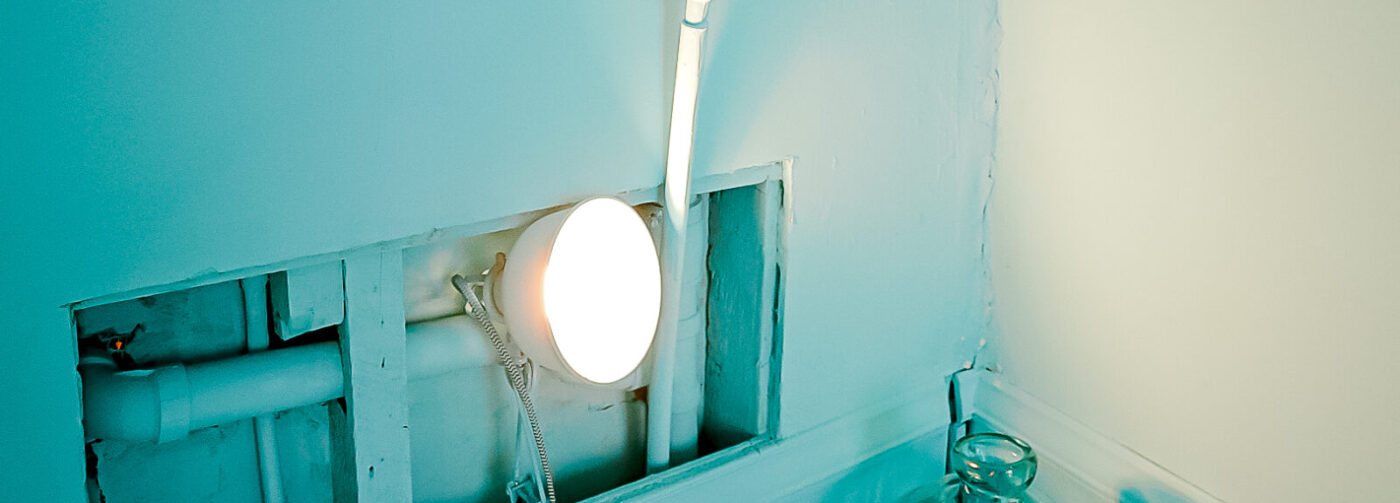
Marcene Glover, a painter who launched ArtHouse6 and ArtLoft7, a seventh-floor, multi-artist studio a few blocks away, said her hope is to make the city’s art scene an even broader draw.
“Our region is laced with creative treasures, artisans working at a high level, on the cusp about to be fully discovered,” she said.
In her vision, visitors would stop in by rail, which inspired the name of the Off the Rails Gallery on the first floor of ArtHouse6, a house she remodeled and converted into an art residency program. The second floor houses Stanza in Blue and studio space, with rooms for artists-in-residence on the second and third floors.
“We celebrate Johnstown as an art mecca in its own right, along the route between the art meccas of Pittsburgh and New York City,” she said. “It is important for artistic communities to connect globally.”
For Ana, who approaches his work as a “ground-up,” those connections start on the local level.
Next for Stanza will be incorporating writing from visitors influenced by the space: Guests are invited to drop a stanza of their own in a converted laundry chute, with the aim of using those collections to create a large-scale piece of public art.


